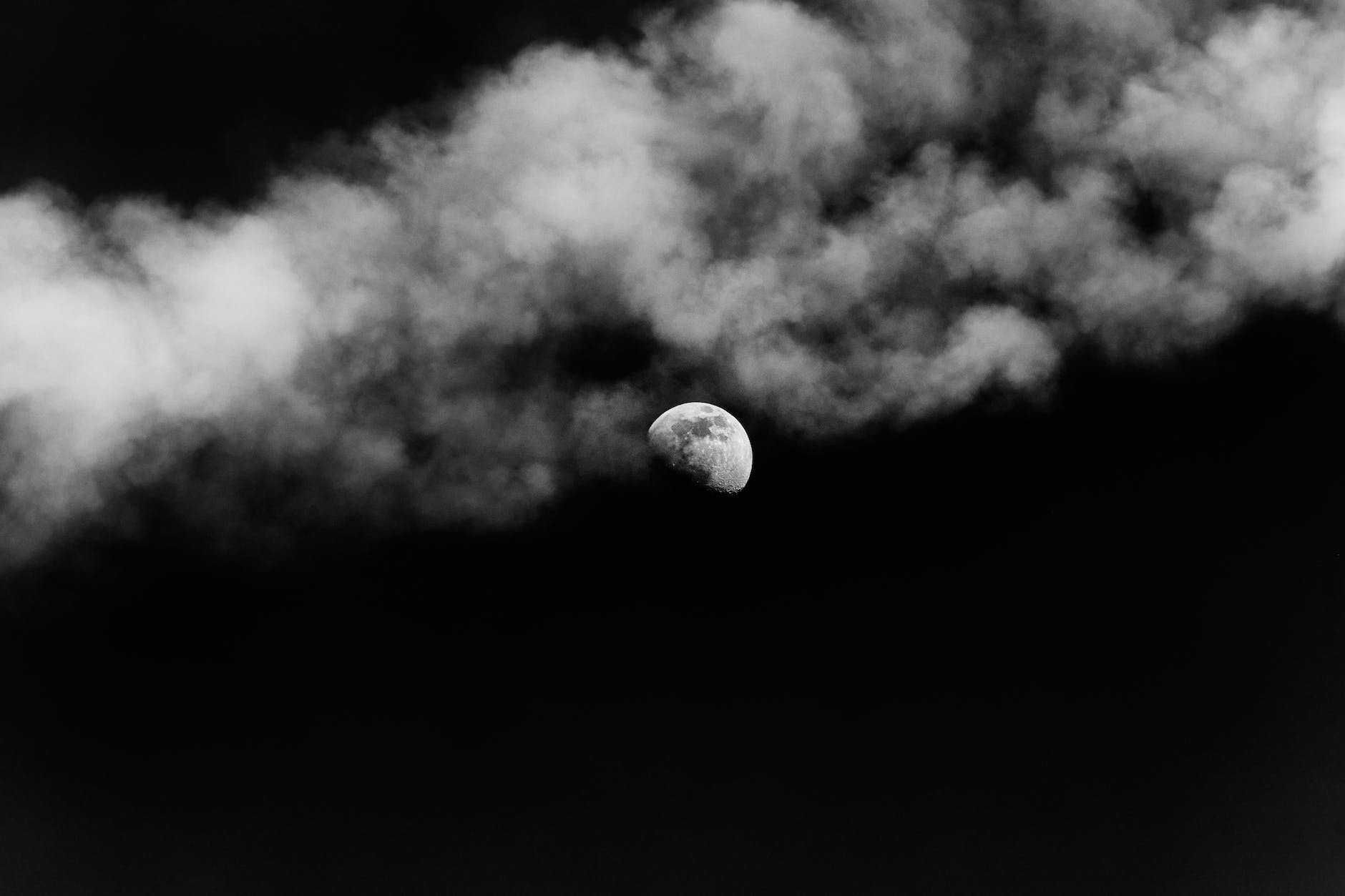At the fascinating intersection of art and science, a mesmerizing hybrid genre is taking prominence—Psychedelic Art inspired by Astrophysical concepts. This genre is a vivid exposition of the profound universe and its esoteric ideas interpreted through distinctive artistic styles. Alongside the exploration of the infinite universe, intergalactic journeys have become a trending theme within the art community.
Psychedelic art, like a gate to another dimension, unearths the concealed parallels between fractal patterns found in nature and in the cosmos—parallels that our eyes fail to discern independently. This genre envisions a spectacular fusion of cosmic imagery and astrophysics, providing visual representations that are as close to the infinite cosmos as human cognition can comprehend.
Astrophysics and cosmology, synonymous with the exploration of space, unravel the mysteries of our multidimensional existence. It is a rhapsody of astronomical phenomena, celestial bodies, and humankind’s aspiring journey through the cosmos, with many fascinating intricacies yet to be properly understood. When these high-level concepts meet the aesthetic domain of psychedelic art, a delightfully intricate maze of color, forms, and fractals ensues.
One significant aspect of psychedelic art is its inherent propensity to illustrate the mind-bending theories of quantum physics. Quantum physics, in its bid to explain phenomena at their tiniest scales, often mystifies, with its wave-particle duality and superposition principles, which challenge our understanding of reality. Translating these complex concepts into captivating visuals, as artists frequently attempt to do, results in thrilling imagery.
Visual art, especially the psychedelic kind, introduces viewers to the aesthetic side of scientific concepts. It paints celestial bodies in striking colors, framing them in their astronomical glory, yet adding an ethereal quality that transcends mainstream representation. Psychedelic art doesn’t merely display the science—it experiences it, and invites us to do the same.
Creating a vibrant pastiche of colors and shapes, psychedelic art brings forth the multidimensionality aspect of the cosmos. As humans, we’re entrapped in our three-dimensional perception of space. However, psychedelic art irons out this limitation, facilitating a voyage through the fourth dimension and fostering a deeper understanding of the cosmos.
Psychedelic art isn’t bound by earthly norms and principles. Precisely as the cosmos it embodies, it isn’t constrained by the confinement of physical laws. It transcends the mundane, providing a peek into intergalactic journeys, smudging the boundaries between reality and imagination, sparking a sense of wonderment while simulating our latent desires to traverse the stellar scape.
Similar to how the universe surges with its astronomical phenomena, such as supernovas, black holes, and pulsar stars, psychedelic art radiates vitality and energy. It brings together edges of understanding and perception, creating a powerful, dynamic visualization of the cosmos’ rhythmic dance. The genre encapsulates the abstract essence of our cosmos in captivating patterns and vibrant displays which, while visually intriguing, represent a dauntingly complex concept.
Ultimately, the world of psychedelic art is the universe’s canvas. Astrophysics provides the palette and the brushes—celestial bodies, galactic phenomena, and quantum principles. In the hands of masterful artists, these elements transform into enigmatic puzzles of color and form, offering an insightful glimpse into the unfathomable cosmic depths and its vast, multifaceted grandeur.
Artists and scientists alike have only ever been at the precipice of the cosmic landscape, making the field of psychedelic astrophysical art rich with possibilities. It remains a continually evolving tapestry, capturing the essence of space exploration and mirroring our ongoing quest to understand and map the infinite universe—a visual tale of celestial bodies, intergalactic journeys, and the grand cosmic dance.
In this interplay of art and science, these remarkable artistic creations serve as both a monument to human creativity and a testament to the limitless wonders of the universe. This mesmerizing psychedelic art, bridging the gap between cosmic reality and artistic interpretation, is not only aesthetically pleasing, but also an encouraging reflection of humankind’s ceaseless endeavor to understand the cosmos.
Sources:
1. Fractal Patterns in Nature and Art Are Aesthetically Pleasing and Stress-Reducing
2. The Many Worlds Interpretation of Quantum Mechanics
3. What Is the Theory of Relativity?




